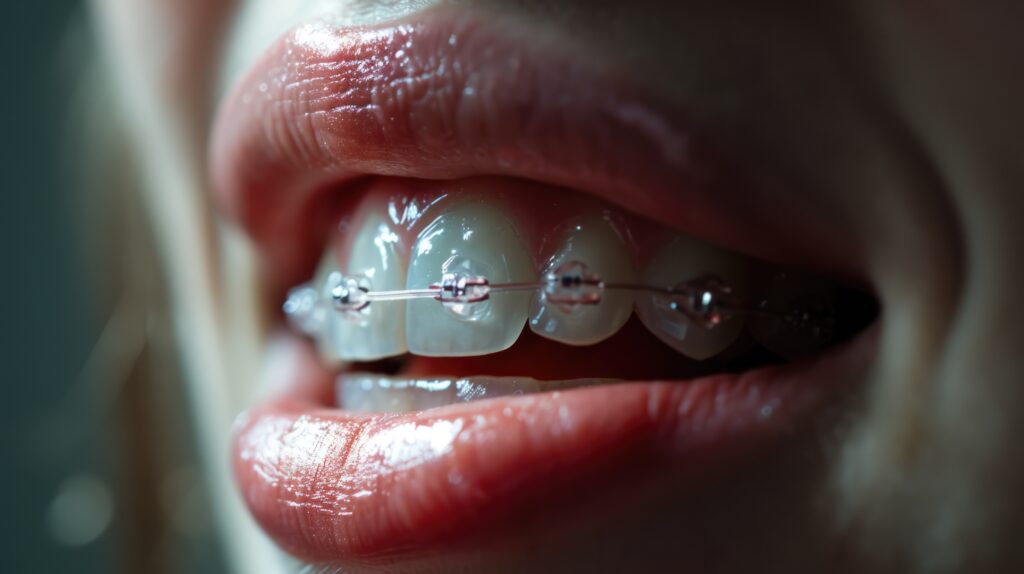Welcome to Jaeger Orthodontics in Coeur d’Alene, ID! If you or your child has been diagnosed with an underbite, you might have questions and concerns about the best treatment options. Understanding the causes, consequences, types of underbites, and available orthodontic treatments can help you make informed decisions about your dental health. This blog will explore everything you need to know about treating underbites.
What Is an Underbite?
An underbite occurs when the lower teeth extend beyond the upper teeth when the mouth is closed. This misalignment, a Class III malocclusion, can affect your teeth’ appearance and function.
Causes of Underbites
Several factors can contribute to the development of an underbite, including:
● Genetics: Family history often plays a significant role. If one or both parents had an underbite, there’s a higher chance their children might develop one as well.
● Jaw Size: Discrepancies in jaw size can lead to an underbite. A larger lower jaw or a smaller upper jaw can cause the lower teeth to protrude.
● Childhood Habits: Habits such as thumb sucking, prolonged bottle feeding, or tongue thrusting can contribute to an underbite over time.
● Injury or Trauma: Facial injuries that result in jaw misalignment can also cause an underbite.
Consequences of Untreated Underbites
If left untreated, underbites can lead to several complications, including:
● Difficulty Chewing: Misaligned teeth can make biting and chewing food properly challenging.
● Speech Issues: An underbite can affect speech patterns, causing lisping or difficulty pronouncing certain sounds.
● Jaw Pain and TMJ Disorders: Misalignment can lead to chronic jaw pain, headaches, and temporomandibular joint (TMJ) disorders.
● Tooth Wear: Uneven pressure on teeth can cause excessive wear and tear, leading to tooth damage over time.
● Self-Esteem Issues: The appearance of an underbite can affect self-confidence, especially in children and teenagers.
Types of Underbites
There are two types of underbites: dental and skeletal. Dental underbites occur when the lower teeth protrude due to misalignment or shifting of the teeth. On the other hand, skeletal underbites involve a misalignment of the jaws themselves. This type of underbite is typically more severe and can lead to more significant complications if left untreated.
Orthodontic Treatments for Underbites in Coeur d’Alene
Fortunately, there are several orthodontic treatments available to correct underbites. These include:
Braces: Braces are a common and effective treatment option for underbites. They work by gradually shifting the teeth into proper alignment. Both traditional metal braces and clear ceramic braces can be used to treat underbites.
Invisalign: Invisalign aligners are a popular alternative to traditional braces, especially for those seeking a more discreet option. These clear, removable aligners are custom-made to fit your teeth and gradually shift them into the correct position.
Expanders: Palatal expanders are devices used to widen the upper jaw. This treatment is particularly effective for young patients whose bones are still growing. By expanding the upper jaw, the underbite can be corrected over time.
Headgear: Orthodontic headgear is sometimes used in conjunction with braces to correct severe underbites. It applies gentle pressure to guide the growth of the jaw and teeth into proper alignment.
Orthognathic Surgery: Orthognathic surgery may be required for adults or severe cases where orthodontic appliances alone cannot correct the underbite. This surgical procedure realigns the jawbones to achieve proper occlusion and improve facial symmetry.
The Treatment Process at Jaeger Orthodontics
At Jaeger Orthodontics, our experienced team will carefully assess your underbite and create a personalized treatment plan based on your specific needs. We’ll regularly monitor your progress during treatment to ensure the best possible results.
We understand that undergoing orthodontic treatment can be daunting, but our friendly staff and comfortable office environment will make you feel at ease throughout the entire process. Here’s what you can expect:
1. Initial Consultation: The first step in treating an underbite is an initial consultation with an orthodontist at Jaeger Orthodontics. During this visit, a thorough examination, including X-rays and digital impressions, will be conducted to assess the severity of the underbite and determine the best treatment plan.
2. Customized Treatment Plan: A customized treatment plan will be created based on the findings. This plan outlines the recommended orthodontic appliances, estimated treatment duration, and any additional procedures that may be necessary.
3. Active Treatment Phase: Regular visits to the orthodontist are essential during the active treatment phase. These appointments allow the orthodontist to monitor progress, make adjustments as needed, and ensure the treatment is on track.
4. Pain Management: Some discomfort is normal during the initial stages of treatment and after adjustments. Over-the-counter pain relievers and orthodontic wax can help alleviate any soreness or irritation.
Post-Treatment Care and Retention
Once the active treatment phase is complete, retainers play a crucial role in maintaining the results. Retainers keep the teeth in their new positions while the surrounding bone and tissue stabilize. The types of retainers we use at Jaeger Orthodontics include the following:
Removable Retainers: These can be taken out for eating and cleaning but should be worn as instructed by your orthodontist.
Fixed Retainers: Also known as bonded retainers, these are attached to the back of the teeth and provide continuous support.
Trust Jaeger Orthodontics for Your Underbite Treatment
At Jaeger Orthodontics in Coeur d’Alene, ID, we understand the impact an underbite can have on your life, and we’re here to provide the best possible care. Our experienced team uses state-of-the-art technology and personalized treatment plans to ensure optimal results for every patient. Contact us today, and let us help you achieve the smile you’ve always wanted!


